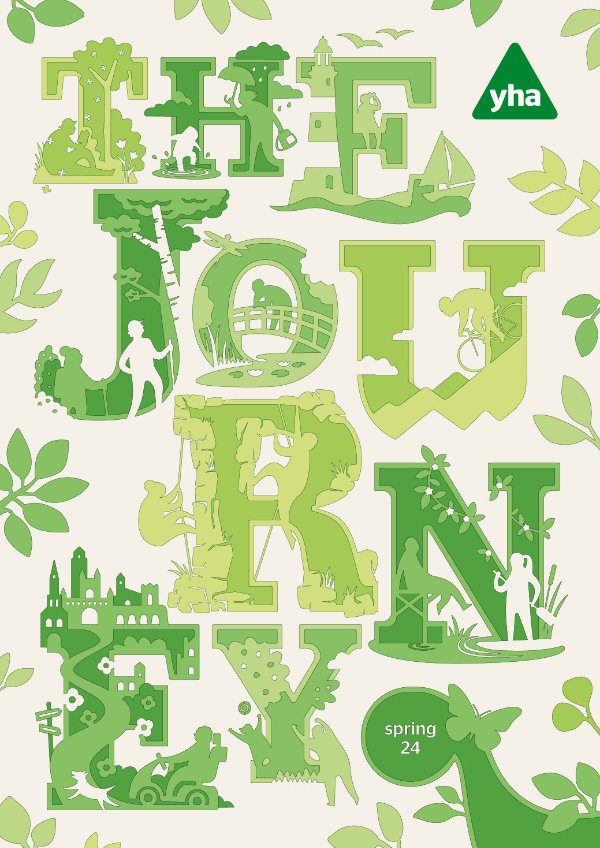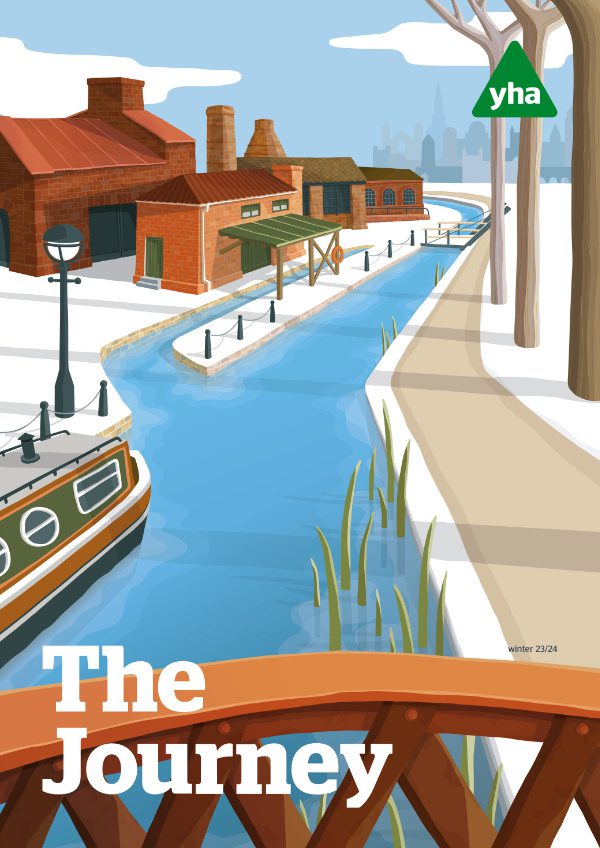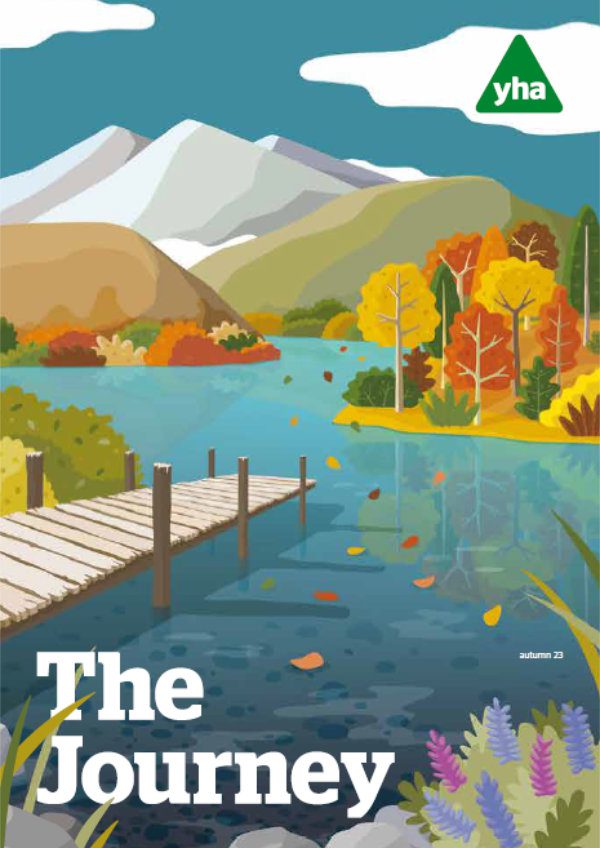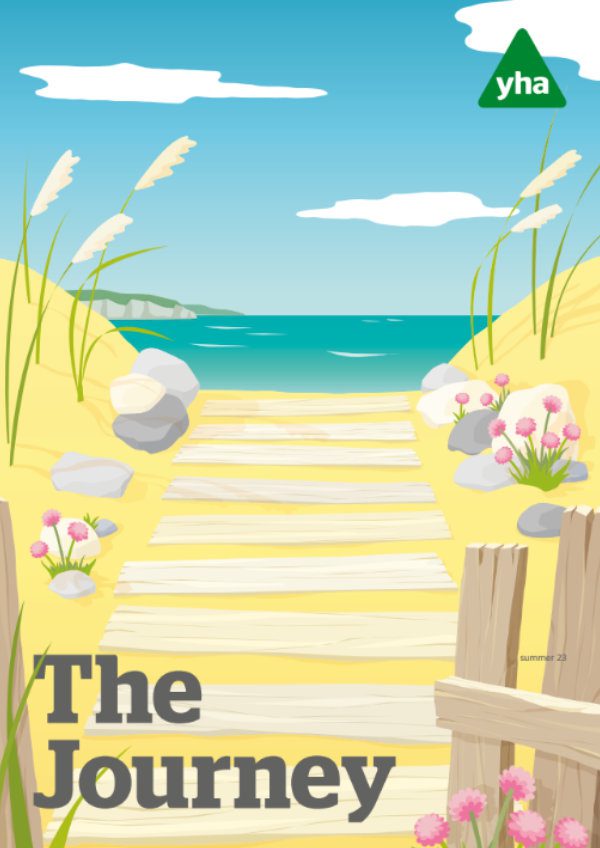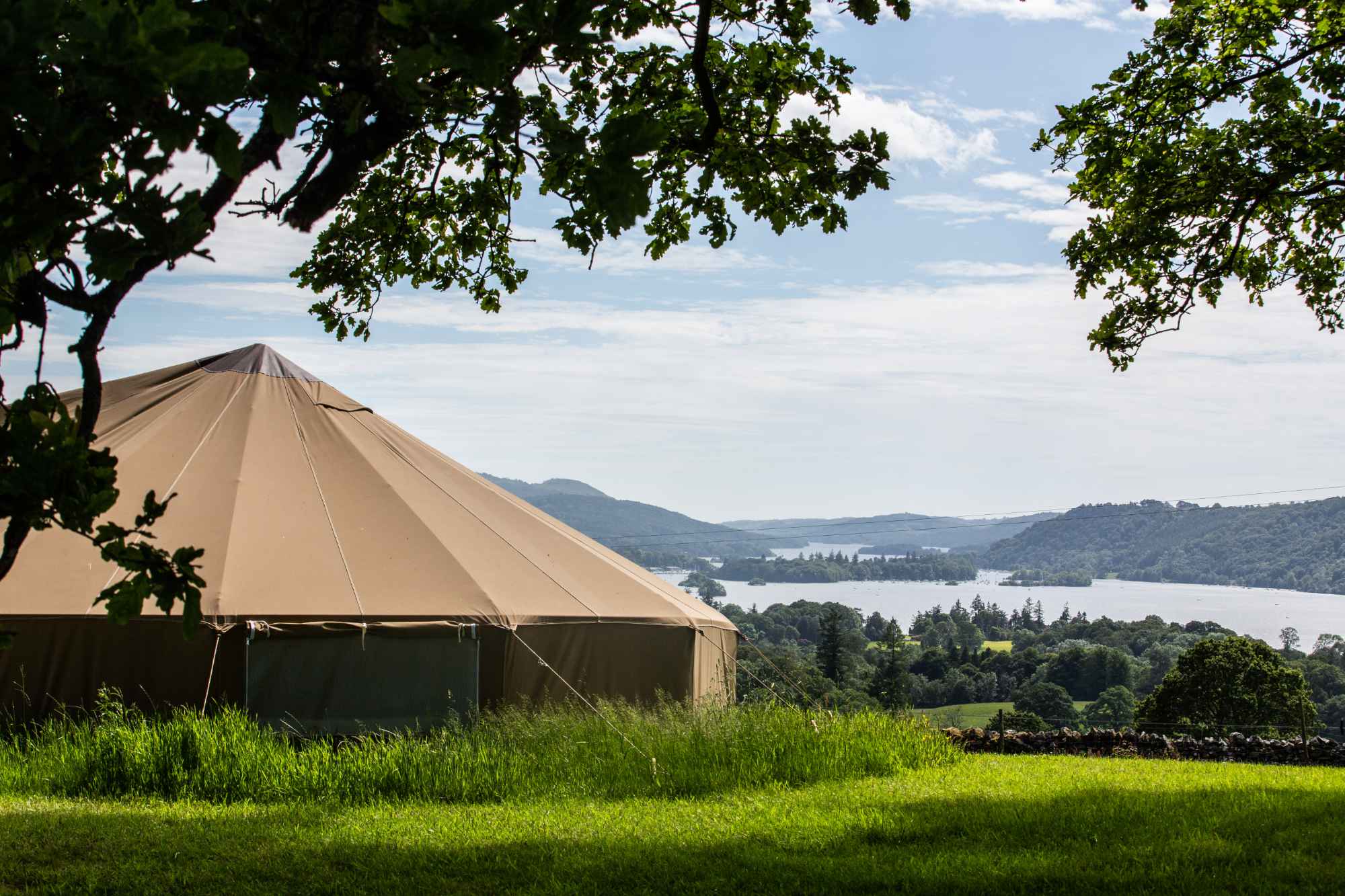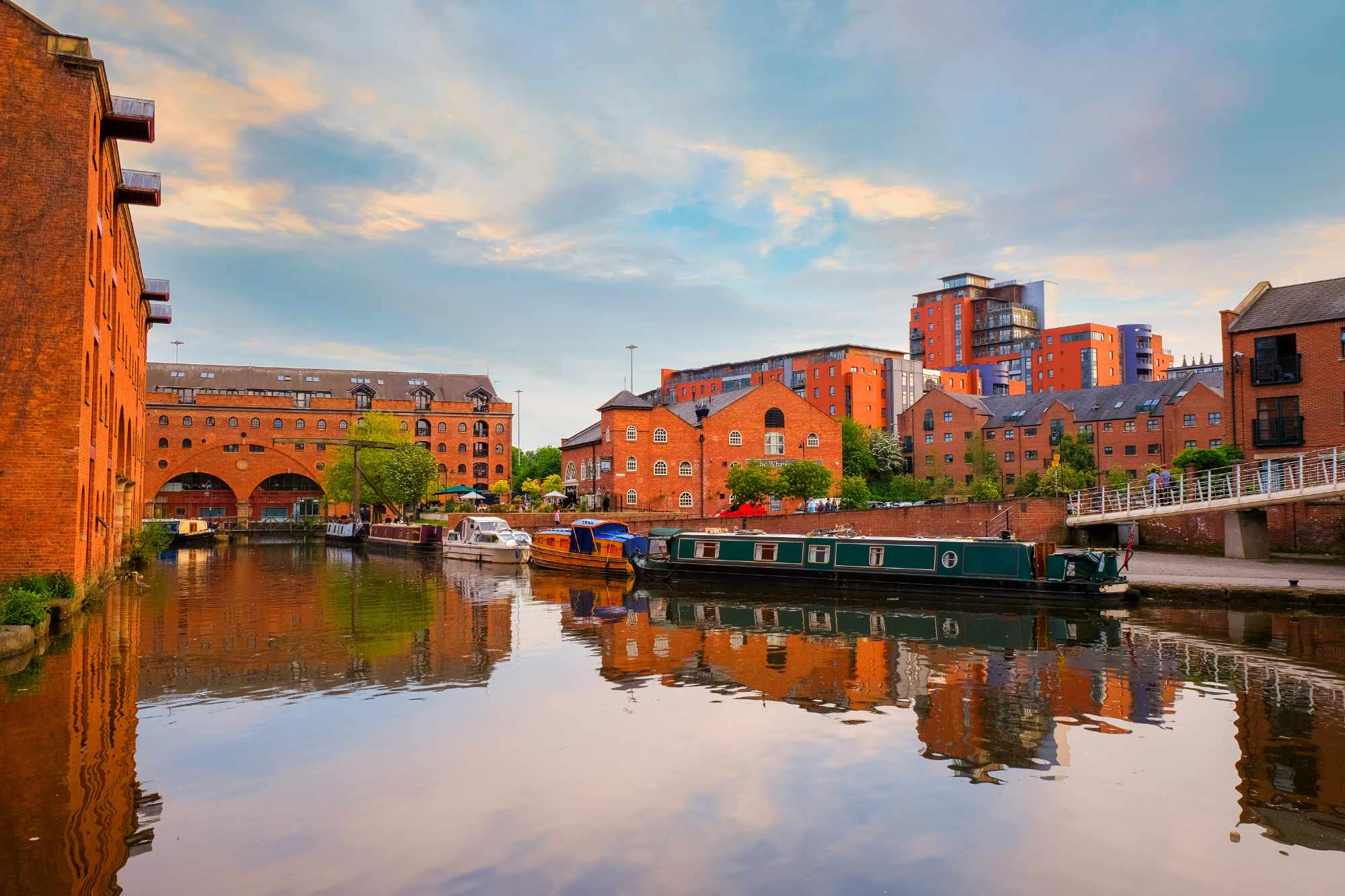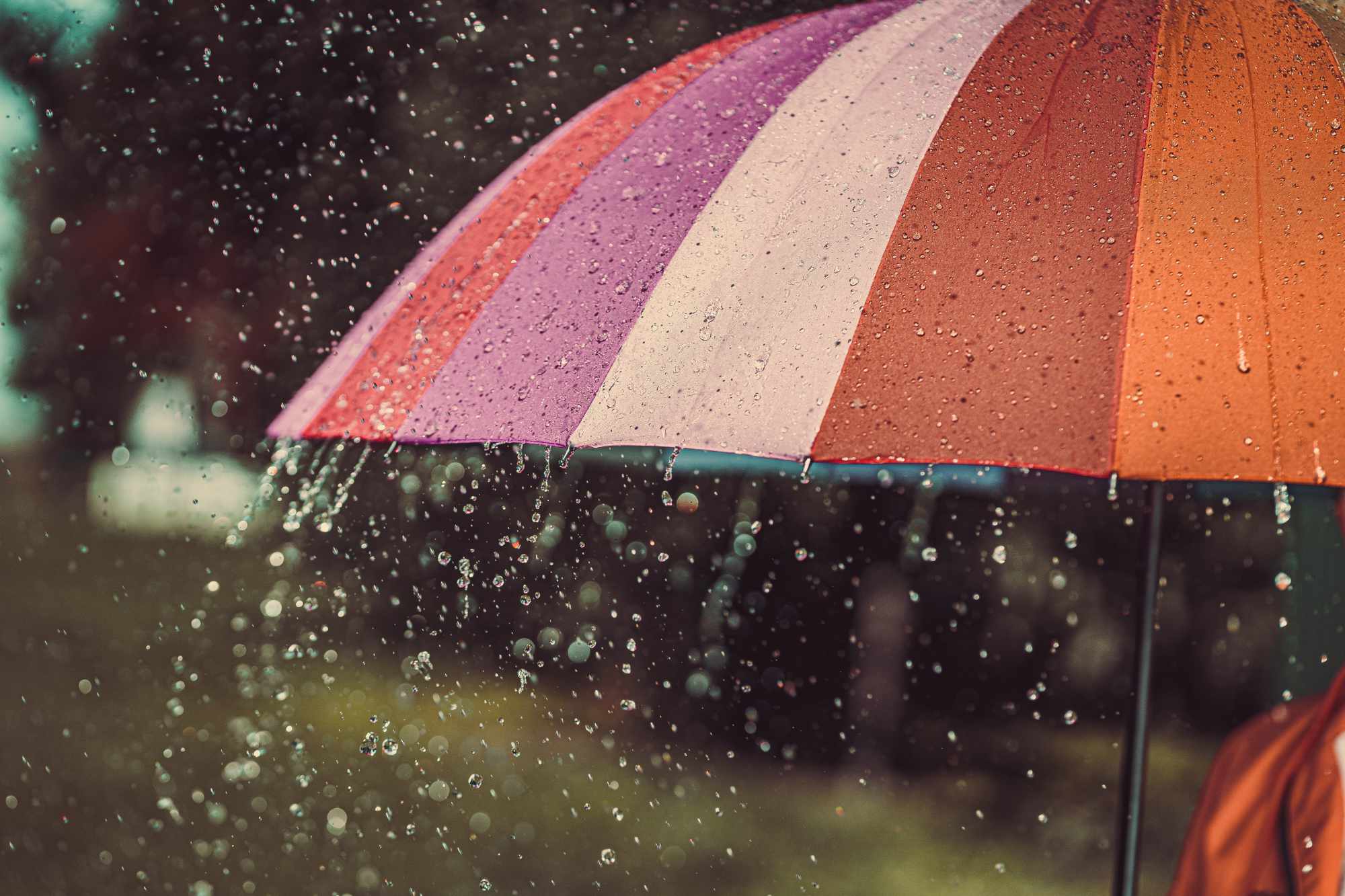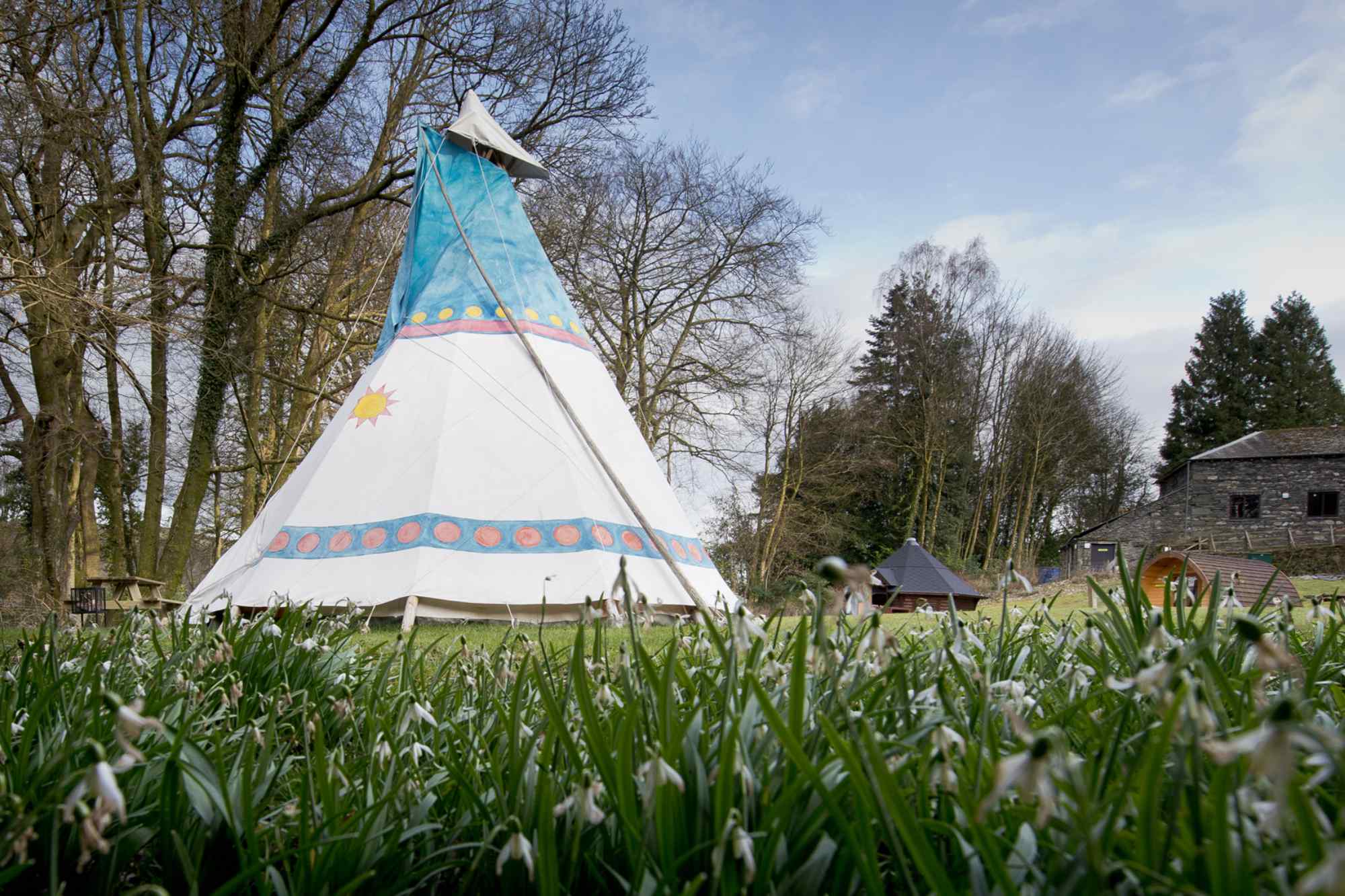A quick warning. If you’re a first-time visitor to YHA Whitby and you happen to be arriving on a dark rainy evening, you might get a little spooked. The hilltop hostel sits right next to the ruins of Whitby Abbey, these days a vision of gap-toothed gothic eeriness. We looked at it silhouetted against the night sky, pulled our hoods tighter and hurried in a very unmanly fashion to the refuge of reception.
Whitby is synonymous with scary stuff. It’s a noble, handsome seaside town – its jumble of red rooftops and bobbing boats attracted the young 18th-century apprentice who would become Captain Cook – but to many minds, its most famous association is with Count Dracula. The Irish writer Bram Stoker spent multiple summers here and was struck by Whitby’s windswept cliffs and skeletal abbey ruins, going on to use the area as a base for significant parts of his novel.
Even taking vampires out of the equation, the town’s bearing is very much a dramatic one, perched on the edge of the North York Moors and facing the North Sea with a pair of jaw-like piers. Thankfully, where there are brooding skies and rearing seascapes there are also cosy pubs (try The Black Horse), first-rate fish’n’chips and – in YHA Whitby – a hostel packed with Civil War-era history that also happens to do a mean coffee and cake.
It was to become a theme of our Yorkshire break: enjoying the wilds of the coast, then hunkering down indoors. Beginning in Whitby, my friend and I were making the most of the famous North Yorkshire walk; The Cleveland Way National Trail by travelling the seven miles on foot to YHA Boggle Hole, which would be a base for more walking, some old-fashioned beachcombing and a good dose of playing Trivial Pursuit in front of the log-burner.
Whitby was in winter mode, with only metal detectorists and one very hardy surfer astir on the beaches. We climbed the grass bank on the west of the River Esk to find the panoramic spot, now marked by a Dracula memorial bench, from which Stoker had first fallen for the town. On this bright, blustery January morning, it wasn’t hard to see the appeal.
By lunchtime, the trail was beckoning. The clifftop walk from Whitby to YHA Boggle Hole is a deeply enjoyable one, with a nice sense of remoteness and only the occasional sharp incline to jolt hikers out of their sea-gazing stupor. We passed shipwrecks and sea stacks, fulmars and cormorants, cavernous coves and sheer rock faces.
Some three and a half hours after setting off, Robin Hood’s Bay appeared. Centuries ago, the pretty little town was a notorious smugglers’ haunt, witnessing the passage of illicit shipments of tobacco, rum, brandy and silk. On this particular afternoon, it also witnessed the passage of two muddy-booted men already mentally ordering a cuppa at the hostel. 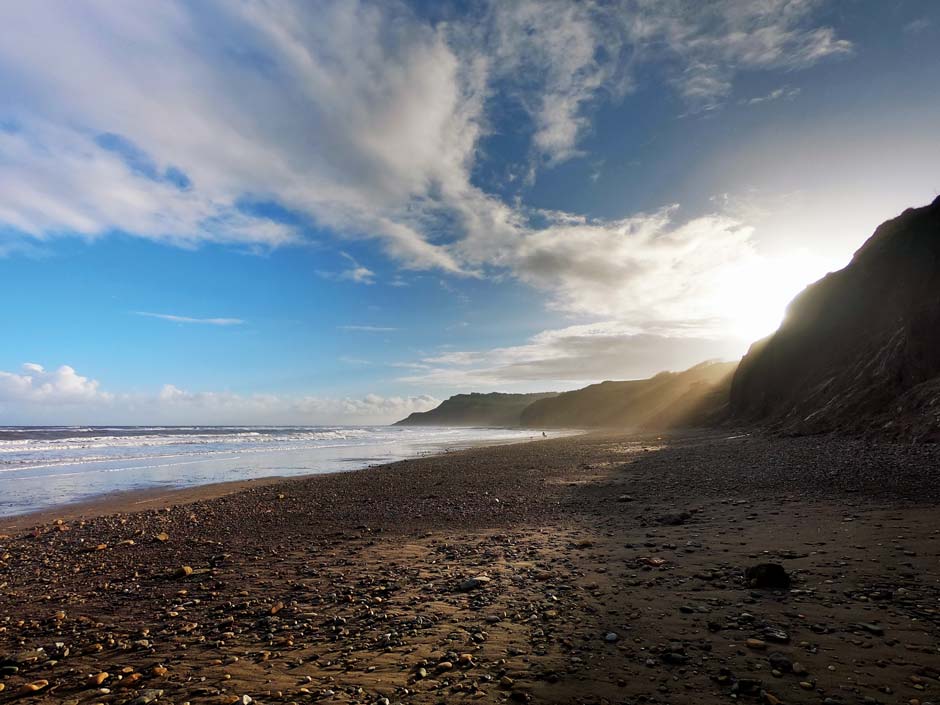 On the short walk from Robin Hood’s Bay to Boggle Hole, a birdwatcher stopped us, wide-eyed, to tell us there was a barn owl making laps of the coastal meadow. Then we saw it, pale and ethereal in the teatime dusk. “Look at that,” he said. Then he faced us again. “Are you going to the hostel? You’re nearly there – it’s someplace.”
On the short walk from Robin Hood’s Bay to Boggle Hole, a birdwatcher stopped us, wide-eyed, to tell us there was a barn owl making laps of the coastal meadow. Then we saw it, pale and ethereal in the teatime dusk. “Look at that,” he said. Then he faced us again. “Are you going to the hostel? You’re nearly there – it’s someplace.”
And he was right. It’s hard to overstate quite how wonderful it is to arrive at YHA Boggle Hole. First impressions? A curl of wood smoke from the trees, a peal of children’s laughter from the valley, a stocky building emerging from a fold in the land. Three minutes later, you’re in a world of snug sofas, storybook decor and roasting firesides: a lounge area brimming with quirky sculptures, staircases full of treasure-hunting kids and a fridge well-stocked with beer. It’s no wonder people rave about the place.
We spent two nights here – I longed for more. In the mornings, we breakfasted while staring out of the window at the rage and froth of the winter waves, a grand spectacle unfolding barely thirty metres away. When the tides retreated, we yanked our boots on and walked some more, south towards Ravenscar to see the seal colony, north to Robin Hood’s Bay for sandwiches, backdropped all the while by the salty-aired sweep of the bay.
In the afternoons we searched for fossils, and both got lucky. I found an ammonite mould – a grey, palm-sized spiral that’s sitting in front of me as I write this, having spent the last 65 million years or so undetected. The staff at the hostel patiently humoured me when I showed them. The beach, I now realise, throws up prehistoric treasures with generous regularity.
And the evenings were what evenings should be. Good conversation, good company, freshly cooked food and a fairly priced drink. The lounge at YHA Boggle Hole, with its woody warmth and its board games, is now one of my favourite places in the entire network. A boggle, if you didn’t know, is a Yorkshire term for a hobgoblin; local folklore tells of them living in caves along the Cleveland Way coast. And quite frankly, all things considered, they haven’t done too badly for themselves.
